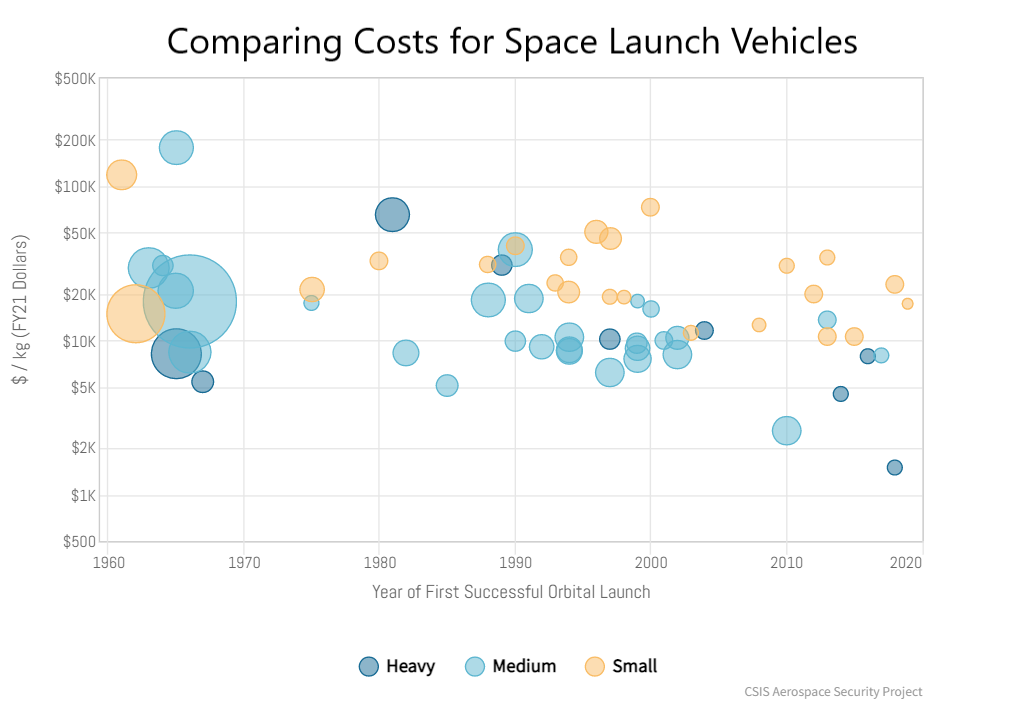Do you hear people give investment tips about the “wonders of compound interest” and say to yourself, “Sure, those are great ideas, but I’m too old to take advantage of long-term compounding”? You are not alone. One of the major misconceptions about compound interest is that it only benefits very young savers, people in their twenties and thirties.
What about older folks? Don’t they get anything from saving money in accounts that “pay interest on interest”? The good news is that even if you’re past the age of 50 or 60, compounding can do a lot for your bottom line. So let’s take a look at how a typical older adult can use the principle to add heft to a retirement account.
Investment Tips For A 50-Year-Old Saver
Assume you’re 50 and can put $500 per month toward a retirement fund. Also, assume that since you got a bit of a late start, you’ve decided to work until the age of 70, which means the account will grow for 20 years. That’s a great start.
– Advertisement –
Note that $500 per month won’t put you over the IRA limit of $7,000 per year for folks past age 50. In fact, you could contribute slightly more, $583 per month to be exact, but we’ll use $500 for our example.

Placing the money into an account that pays 5.25 percent annual interest, compounded monthly, yields a total of $211,555 by the time you turn 70. If you had earned no interest on the balance, the raw amount of savings would only have been $120,000. So, the “magic” of compound interest delivered a nice bonus of $91,555 to your retirement nest egg.
What About a 60 Year Old?
You might be saying, “Okay, but that 50-year-old person put retirement off for a few years, thus getting two full decades of interest. What if I’m 60 and only have ten years to save?”
Of course, you won’t make a killing like a much younger person would, but there’s still a huge advantage to putting your assets into an interest-bearing account. Assume all the same facts as above, but with the saver at age 60 and retiring at age 70.
That $500 monthly contribution represents a raw amount of $60,000 (if it earned zero interest). But with monthly compounding, at an annual rate of 5.25 percent, the final amount is not $60,000 but $78,688. So, even that “oldster” at age 60 gets a bonus of $18,688 from the power of compound interest.
What Are the Compound Interest “Secrets”?
There are a few “secrets” to maximizing the power of compound interest. To be honest, they’re just mathematical principles, but calling them secrets is not too far off base because so many people are not aware of them.
There are three key factors in any compound interest calculation, and each plays a significant role in the scheme of things. The three are the length of time the money will accrue interest, the amount saved each month (or period), and the interest rate.

When any one of those three factors increases, the final amount of the account balance goes up as well. Thus, the more money you can put away each month, the better. Likewise, the more years you have to save and the larger the interest rate, the more bang you get for your buck.
To get an idea of how powerful the length of time is, consider a 20-year-old investor who saves $200 per month at five percent interest until age 65. That’s 45 years. The raw amount saved is just $108,000, but with compound interest, it’s $405,287, representing an “interest bonus” of nearly $300,000!
– Advertisement –



